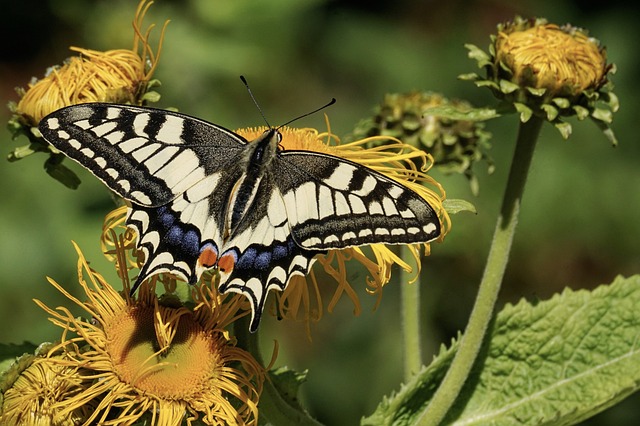Psocids, or book lice, are tiny insects causing significant damage in homes and businesses despite not transmitting diseases. They prefer warm, moist environments and feed on organic matter like paper and textiles. Effective management requires understanding their behavior and breeding patterns, with professional services offering both traditional and eco-friendly solutions including targeted treatments, environmental modifications, and strategic inspections. Long-term control plans involve identifying and eliminating breeding sites, regular inspections, improved ventilation, cleaning, and non-toxic treatments to prevent recurring infestations.
“Psocids, often overlooked yet prevalent in both residential and commercial settings, can cause significant damage to fabrics, woods, and other materials. To combat this silent menace, thorough inspections are crucial for identifying psocid activity and breeding sites. This article delves into effective psocid control strategies, from understanding their behavior and breeding patterns to eco-friendly solutions versus traditional extermination methods. We also explore long-term control plans tailored for residential and commercial spaces, offering professional psocid removal services for a pest-free environment.”
Understanding Psocids: Behavior and Breeding Patterns
Psocids, also known as book lice, are tiny insects that belong to the family Psocidae. Despite their name, they have no relation to lice and are not known to transmit diseases. These creatures are often overlooked due to their diminutive size, but they can cause significant damage in both residential and commercial settings. Psocids feed on organic matter, including paper products, textiles, and even dead insects. They prefer warm, moist environments, making them prevalent in areas with high humidity, such as bathrooms and kitchens.
Breeding patterns vary among psocid species, but many share a common life cycle. Adult females lay eggs in crevices or on suitable food sources. The eggs hatch into nymphs, which undergo several molts before reaching adulthood. Psocids are primarily nocturnal, preferring the darkness to avoid predators and seek out food. Understanding these behavioral traits and breeding patterns is crucial when developing effective psocid control plans. Professional pest control services often employ eco-friendly solutions, such as targeted treatments and environmental modifications, to manage and eliminate psocid infestations without causing harm to occupants or property.
Comprehensive Inspection Techniques for Effective Psocid Control
Comprehensive inspections are a critical first step in effective psocid control. Professional exterminators employ meticulous techniques to thoroughly assess areas prone to psocid infestation, including detailed visual examinations, environmental sampling, and advanced monitoring devices. During these inspections, experts look for signs of psocid activity like webs, cast skins, and egg sacs, identifying breeding sites with precision. This methodical approach allows for tailored psocid control plans that address specific needs, whether in residential or commercial settings.
By combining traditional methods with eco-friendly solutions, professional psocid removal services offer comprehensive treatments designed to disrupt psocid life cycles. These strategies may include targeted applications of biodegradable pesticides, physical removal of infested materials, and implementation of preventive measures to deter future infestations. Such tailored interventions ensure effective psocid infestation removal while minimizing environmental impact, providing peace of mind for property owners across various sectors.
Eco-Friendly Solutions vs. Traditional Extermination Methods
When dealing with psocid infestations, there’s often a choice between traditional extermination methods and eco-friendly solutions. Professional psocid removal services typically offer both options, catering to diverse client needs and preferences. Traditional pest control for psocids often involves the use of synthetic chemicals that can be effective in quickly eliminating visible signs of an infestation. However, these chemicals may pose risks to human health and the environment, especially in residential areas.
On the other hand, eco-friendly psocid solutions prioritize sustainability and safety. These methods include natural predators, organic repellents, and innovative technologies designed to disrupt psocid breeding sites without harming non-target organisms or the ecosystem. Residential psocid treatment and commercial psocid extermination can both benefit from these greener alternatives, ensuring effective psocid infestation removal while minimizing environmental impact. Eco-friendly solutions may require more time and effort but offer long-term benefits for both property owners and the planet.
Implementing Long-Term Psocid Control Plans: A Strategic Approach for Residential and Commercial Spaces
Implementing effective long-term psocid control plans is crucial for both residential and commercial spaces to prevent recurring infestations. Professional psocid removal services offer strategic approaches tailored to specific environments, ensuring a comprehensive solution. These plans involve identifying and eliminating breeding sites, as psocids thrive in moist, dark areas with accessible food sources. Regular inspections are key to early detection, allowing for swift action before the population explodes.
Eco-friendly psocid solutions can be employed without compromising health or the environment. Professional pest control for psocids often includes a combination of non-toxic methods such as improved ventilation, regular cleaning, and targeted treatments. In residential settings, these measures can be taken up by homeowners themselves, while commercial spaces may require ongoing contracts with specialized services, ensuring continuous protection against these persistent pests.
In conclusion, effective psocid control requires a multifaceted approach. By understanding the behavior and breeding patterns of these tiny pests, employing thorough inspection techniques, and considering both traditional and eco-friendly solutions like professional psocid removal and residential or commercial psocid treatment, you can implement successful long-term control plans. For persistent infestations, consider specialized services offering psocid pest control and infestation removal, ensuring a clean and pest-free environment.
